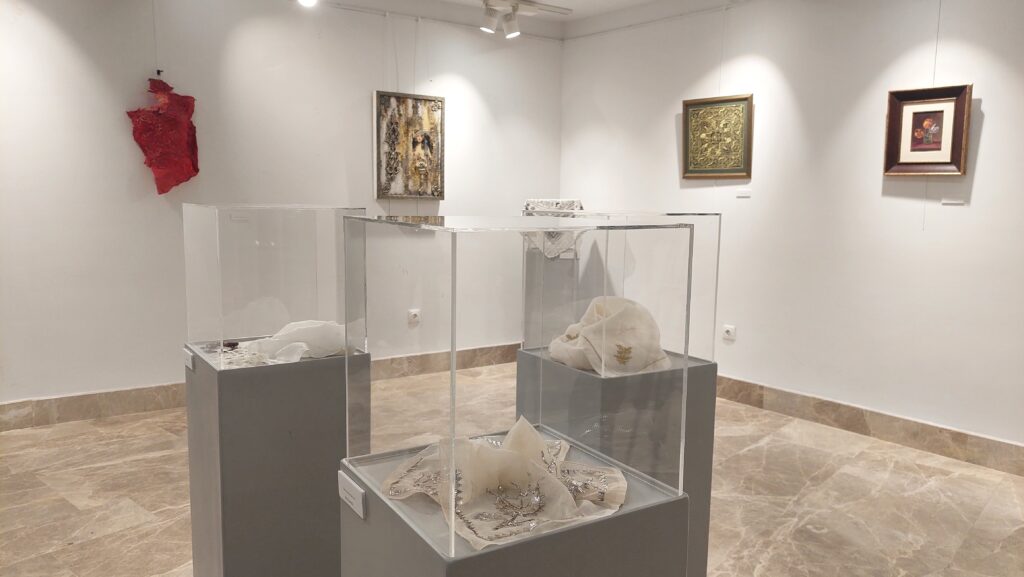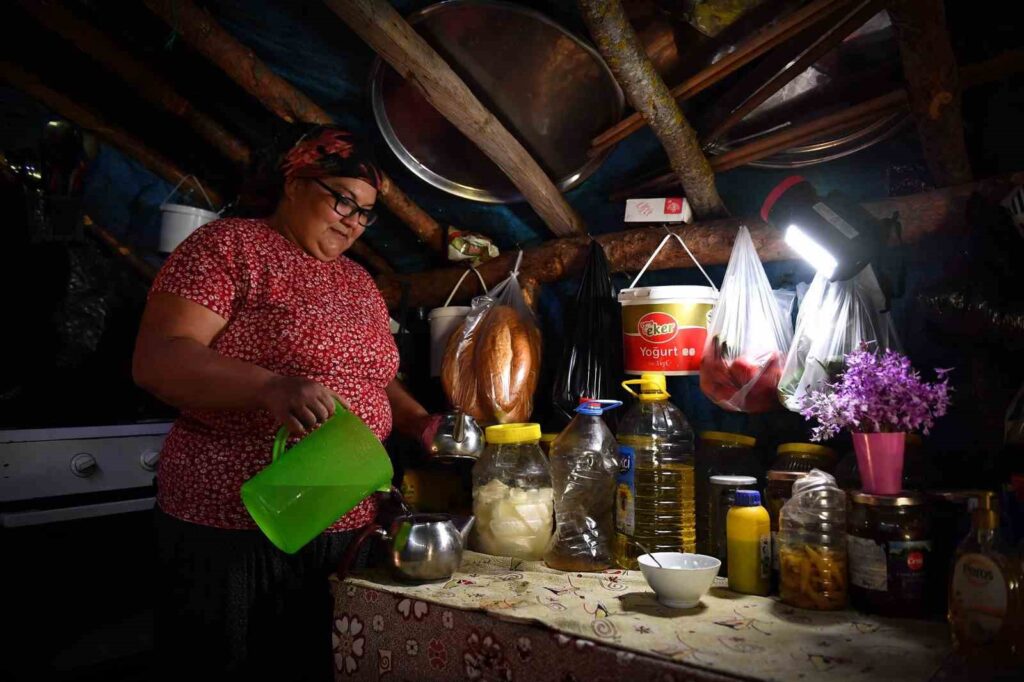From past to present, women’s labor meets art

From past to present, women’s labor meets art
On the occasion of International Women’s Day on March 8th, Istanbul Altınbaş University brought together women’s labor and art. The exhibition featured works symbolizing women’s labor from the past to the present, along with a discussion on the role of women in art history. Art historians discussed the challenges of representation faced by women artists and examined the changes that have occurred from the past to the present. The event also emphasized the struggle of women and the rights they have gained throughout history.
Istanbul Altınbaş University marked International Women’s Day on March 8th with an exhibition focusing on women’s labor. The exhibition showcased sculptures representing women’s labor from the past to the present, as well as symbolic products such as handcrafted embroideries, weaving, paintings, and photographs dating back 100-150 years, for art enthusiasts to enjoy. Following the exhibition opening organized by the Faculty of Fine Arts, a discussion titled “On the Representation of Women in Contemporary Art” took place with the participation of the artist Şükran Moral. The discussion addressed the underrepresentation of women artists in art history, the discrimination they have faced, and the ongoing issues regarding women’s representation in art.
“There are still issues regarding the representation of women in art”
In his assessment of the place of women in art history from the past to the present, art historian and Assistant Professor at Altınbaş University, Fırat Arapoğlu, stated: “Although the problems faced by women artists in history may seem relatively desirable today, there are still issues regarding the low number of women artists and problems with the representation of women in art. We will examine how underrepresented women artists have been in history and the discrimination they have faced. For a long time, fields such as painting, sculpture, and architecture were predominantly coded as male productions. This has been the case since the Renaissance. However, with the second wave feminism and its struggle in the 1970s, we witnessed an increase in women’s studies as some art historians called for it. Because when we look at the exhibitions held by major museums in the 1980s in the United States, we see that there was only one female artist holding a solo exhibition per year, for all four museums combined. It was the same in Turkey for a long time. Just like in academia, there was also a male-dominated profile in art. However, with the 1990s, we saw a certain increase in the number of women artists, and they produced works that represented us very well on the international stage. However, we still believe that there are problems regarding the representation of women in art, academia, and all areas of social life. Therefore, I believe the more visible we make this issue and raise awareness, the more successful we can be.”
The struggle for women’s rights dating back to the Ottoman era: “The Comb Raid”
Dean of the Faculty of Fine Arts and Design at the university, Prof. Dr. Nurcan Perdahçı, also recalled the event known as the “comb raid,” which occurred during the Ottoman Empire era, before March 8th. Emphasizing that women have always fought for their rights, Prof. Dr. Nurcan Perdahçı said, “Our exhibition attracted great interest. Spreading art and culture requires some effort and is often initiated by a few individuals with that spirit. In fact, we live in a geography with a history where women have held very important positions. In this geography, Mustafa Kemal Atatürk also established the Republic of Turkey and granted women the right to vote and be elected ahead of many developed countries. Unfortunately, today, we are still in a period where concepts such as glass ceilings and glass elevators are commonly experienced, and we hear about a woman being killed every day. Beyond all this, when we look at the global women’s movements, March 8th is remembered as a fire ignited by textile female workers in America in 1957 due to their working conditions. Similarly, in Anatolia, in Uşak, an event known as the ‘comb raid’ on March 13th, 1908, has passed into history, which was one of the most economically damaging movements for the Ottoman Empire, a strike. This was a strike by carpet weavers who were unfairly paid, resulting in the closure of three British firms. In light of all this, today, considering the idea that men and women are side by side, indispensable to each other, we can say that we organized a day of commemoration together.”







